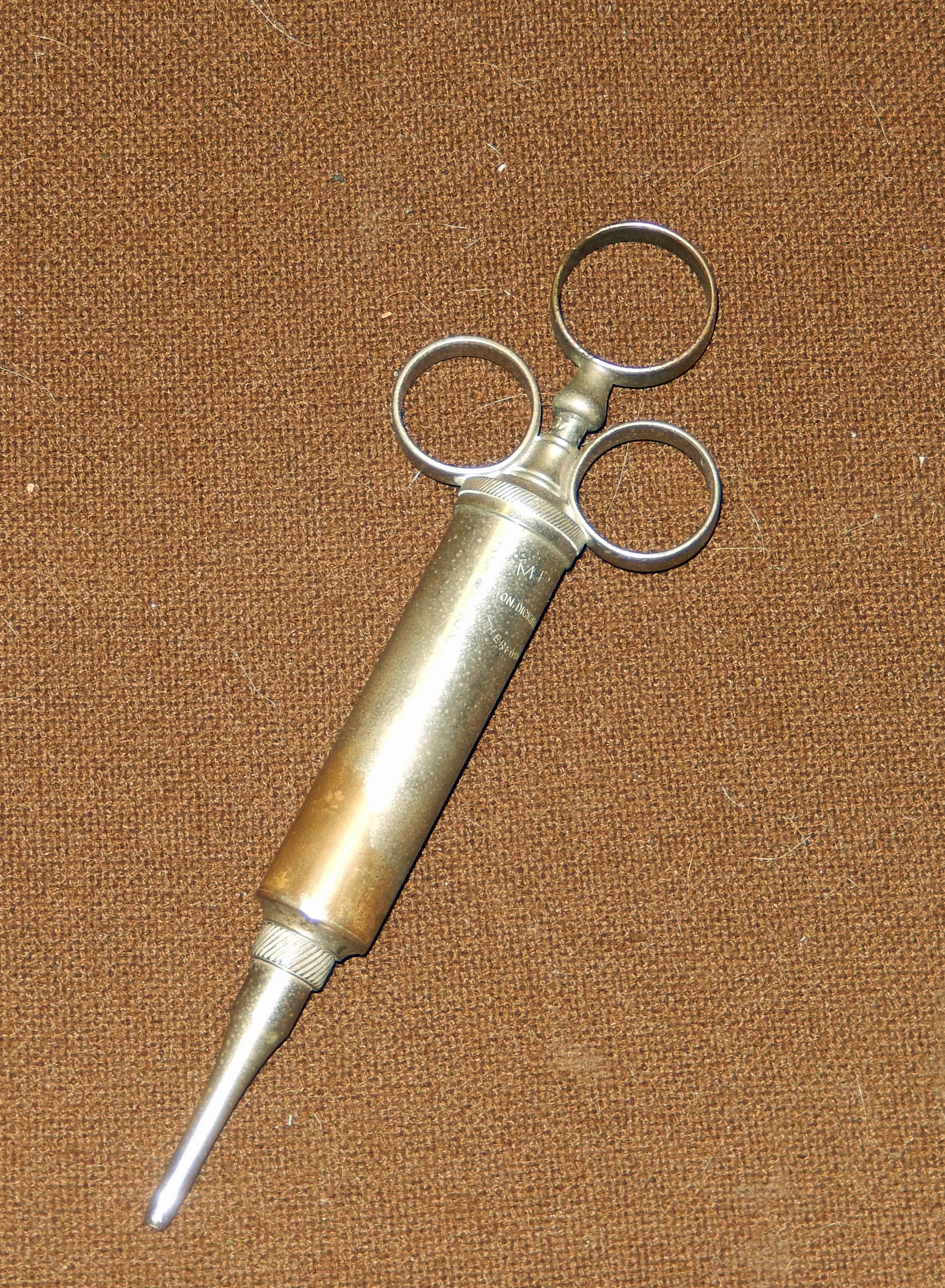When it comes to doctoring in America, there is a long-established and growing rift between being well treated and feeling well cared for. On the one hand, patients want doctors who know them and are caring of them. They are frustrated with the kind of care dispensed in very brief office visits. They are unhappy having their bodies parsed into organs and systems that elicit matter-of-fact diagnoses and impersonally rendered treatments. They may want the “facts,” but they want them conveyed by a human being who understands their apprehension, uncertainty, and confusion in the face of them. The facts are never neutral in their psychological impact on the patient’s sense of self. They establish that the patient is in some manner and to some degree damaged, and therefore in need of a physician able to bring expert knowledge to bear in helping the patient overcome his illness and dis-ease and regain his peace of mind and wholeness. This means that patients expect their physicians to be able and willing to give them enough time to come to know them as persons whose apprehension, uncertainty, and confusion are deeply personal. To the extent that the doctor humanizes the encounter by providing the patient with sympathy and support, perhaps even empathy, the patient feels he is in the hands of a knowing and caring doctor. This is the viewpoint of the bioethicist Edmund Pellegrino.
On the other hand, patients expect their doctors to respect their right to make their own medical decisions. And they want doctors who not only grant them autonomy in principle but cede autonomy in action. In order to make informed decisions about their bodies, they need the facts, all of them. And so patients expect to be told, directly, perhaps even collegially, what may ensue if they accept or reject one or another of the treatment recommendations that follow from the facts. But that is where medical care ends. The patient alone must decide what to do with the facts of the matter, the facts of his or her bodily matter as the doctor has scientifically arrived at them. Armed with information, explanation, and expert risk assessment, the patient will choose a course of treatment, which the physician and/or his colleagues will then implement to the best of their ability. To the extent the physician implements the patient’s treatment plan absent any intrusion of his or her own preferences and values, he or she treats the patient well and truly, and leaves the patient, in turn, feeling well treated and well cared for. This is the perspective of the bioethicist Robert Veatch.
Between these polar viewpoints on what it means to be a doctor and a patient, respectively, I interpose the notion of medical caring, which is less simple than it appears. Medical caring can humanize the doctor-patient relationship without imposing values and goals that are antithetical to the patient. At its best, medical caring is a reaching out to the patient that transcends the banalities (and uncertainties) of diagnosis and treatment in ways that patients throughout history have welcomed, and this because patienthood often compromises personhood. Here I side with Pellegrino: In some primal way, we call on doctors when we feel not fully ourselves, or less than ourselves, or anxious about our ability to remain ourselves, and we look to doctors to return us to the normal selves we want to be.
Medical caring has its own historical trajectory; it is responsive not only to the medical knowledge of a given time and place, but also to the cultural and political arrangements through which a society provides for the coming together of doctors and patients. It is from these arrangements that the mindsets of patients and doctors arise and, with varying degrees of success, arrive at a concordant notion of what it means for the one to be in the care of the other.
In a society that increasingly commands patient empowerment in the service of unilateral decision making, a focal concern with medical caring adds the cautionary reminder that we deprive physicians of their own right to counsel, admonish, and persuade at our peril. At a certain point, however variable among different patients and different doctors, the legal assertion of rights begins to undermine the doctor’s prerogative to doctor in ways responsive to the patient’s needs and expectations. Doctors, after all, are also moral agents with a Hippocratic obligation to draw on their humanity, however flawed, in ministering to their patients. And patients, for their part, have the right to rely on physicians in ways that are human but not strictly factual as to diagnosis and treatment. To relinquish voluntarily a measure of autonomy to a trusted physician is an act of autonomy.
The notion of medical caring captures the sense that doctors are not just “doctors” in some timeless, generic sense, any more than patients are just generic purchasers of medical treatment as a commodity. The same doctors who, mindful of patient rights, seek to make contact with their patients in more than bland informational ways are themselves the patients of other doctors, as are their loved ones, so the predicament of the patient, whose decision-making autonomy is often compromised, will not be so alien to the doctor as proponents of value-free medicine believe. Doctors are all patients, or patients in potentia. And patients, for their part, come in all shapes and sizes, maturationally, temperamentally, characterologically, and otherwise. Some will neither want nor possess the ability to be autonomous decision makers. In a caring relationship, doctor and patient together, with or without participation of the patient’s significant others, make the determination together, person to person.
A historical perspective on medical caring is cautionary in another respect. It reminds us that concepts such as “paternalism” and “autonomy” are themselves historical constructs, not timeless Platonic forms. Bioethicists who use these terms in essentialist ways overlook the historical and cultural location of doctor-patient relationships. The “paternalism” of physicians in ancient Rome, in Renaissance Florence, in seventeenth-century Paris, in nineteenth-century London, in postbellum America, in America of the mid- twentieth century – these are not the same thing. And none of them is tantamount to what paternalism – or maternalism, or avuncular regard or brotherly or sisterly concern – may still mean in an age of digital medicine, the internet, and patient rights.
It bears remembering, finally, that the feeling of being well cared for by a doctor is responsive not only to the treatment options of a given time and place, but also to cultural assumptions that enter into doctor-patient relationships. Different norms of caring typify different periods in the history of medicine. Patients in the eighteenth century who were bled to syncope (fainting) felt well cared for. Several decades into the nineteenth century, many insisted on being bled, and some would seek out new doctors when their own refused to drain them further. Plenty of caring surgeons of the late nineteenth century applied vaginal leeches and performed ovariotomy on women who, without signs of serious gynecological disease, demanded that doctors recognize their complaints and do something to relieve their suffering. Within a medical paradigm in which even minor pelvic abnormalities explained symptoms of depression and nervous exhaustion (neurasthenia), surgery counted as a caring intervention and was widely understood as such. Similarly, paternalistic obstetricians of the late nineteenth century who treated postpartum women suffering from exhaustion and agitated depression (“puerperal insanity”) by legitimating their symptoms and ordering compulsory “time outs” from stifling domestic obligations were caring physicians within the gendered constraints of Victorian society. Prefrontal lobotomy was widely considered a caring intervention for schizophrenics during the 1930s and ’40s. The surgery, for its many proponents, restored a measure of function (however compromised) to patients who would otherwise have ossified in the chronic wards of mental hospitals. Now the care of schizophrenic patients is far different and, from a twenty-first century vantage point, far more humane.
But this is beside the point. It is easy to dismiss bleeding to syncope, vaginal leeching, prefrontal lobotomy, and innumerable other treatments as relics of the past, misguided, unscientific, often harmful. But such judgments, such exercises in presentism, do not negate the caring intent with which such treatments were administered by doctors and received by patients. There is more to medical caring than meets the contemporary eye. This is why my forthcoming book, In the Hands of Doctors: Touch and Trust in Medical Care,** puts aside the triumphal march of medical treatment in the nineteenth and twentieth centuries and focuses instead on the history of caring and feeling cared for. It is with respect to these intertwined dimensions of doctoring that the past is more than past. The period in American history covered in the book, roughly from the end of the American Civil War through the 1960s – guides us to a deeper understanding of what “modern” patients want and expect from doctors and what, if anything, their doctors can do for them beyond diagnose and treat.
By mining the vagaries of caring and feeling cared for over time, we gain historical perspective and move a little closer to the intersubjective bedrock of what it has meant, and continues to mean, to be a doctor and to place oneself in the doctor’s hands. What we discern can be unsettling, as the examples above suggest. But taken together, they provide a luminous counterpoise to the progressively depersonalized, cost-driven, productivity-obsessed medicine of the past 40 years. I offer my work as an example of how thinking with history validates Francis Peabody’s tired but never tiresome insistence that “the secret of the care of the patient is in caring for the patient.”
**Paul E. Stepansky, In the Hands of Doctors: Touch and Trust in Medical Care (Santa Barbara: Praeger Publishers, scheduled for release in May, 2016).
Copyright © 2015 by Paul E. Stepansky. All rights reserved.







